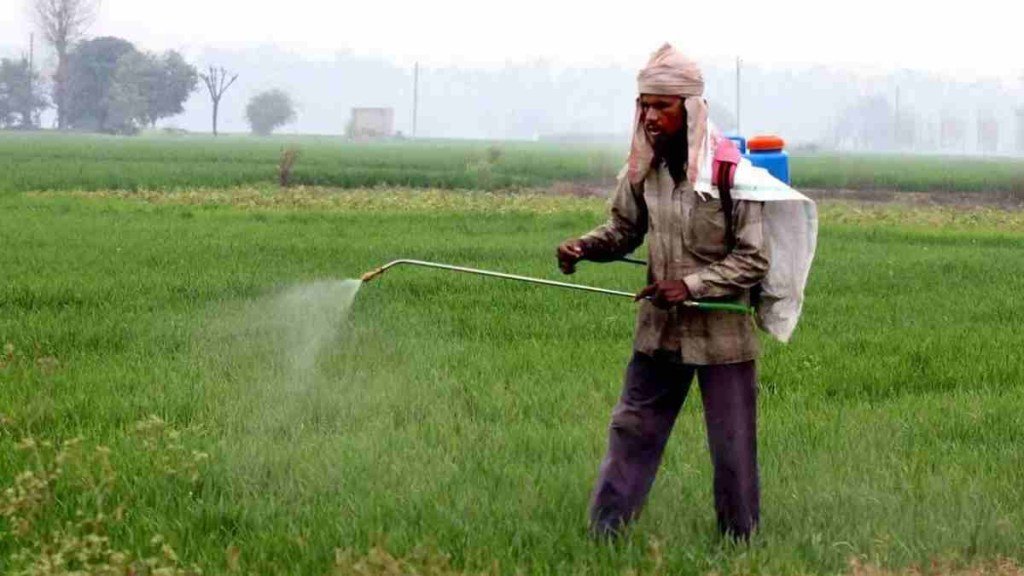Call it a “logistical marvel”—as the International Monetary Fund’s (IMF) deputy director Paolo Mauro would—or a potent fiscal elixir, but there can be no denying that the direct benefit transfer (DBT) scheme has come to the aid of the country’s public finances and its people quite remarkably. The scheme’s reach and spread have seen a phenomenal growth since its 2014 launch—sovereign budgetary resources worth Rs 25.7 trillion have been transferred till date, to as many as 1.79 billion beneficiaries (many are recipients of multiple benefits).
While 58% of these are cash transfers to the beneficiaries’ Aadhaar-linked bank accounts, the balance are in-kind bounties, the recipients of which are verified and authenticated through the unique identification number. As many as 318 programmes are now integrated with the payment-cum-reconciliation platform.
The availability of a robust DBT platform was also one reason why India could manage the human distress caused by the Covid-19 pandemic without an implosion. Thanks to the additional welfare measures during the pandemic period, DBT transfers surged 45% year-on-year to Rs 5.53 trillion in FY21. It is no surprise therefore that Mauro has advised other countries to emulate the Indian model of targeted cash transfer to low-income people, instead of keeping “broad subsidies” that are fiscally extravagant and economically debilitating.
A well-known proverb—“Necessity is the mother of invention”—would best describe India’s efficient adoption of DBT. The size of India’s federal budget is just around 17% of the gross domestic product (before the fiscal expansion caused by the pandemic, it was in the 12-13% range), one of the lowest among G-20 countries (52% in the Euro area, 44% in the US, 47% Japan and 34% in South Korea). Moreover, four-fifths of the Budget spending is on the revenue side, leaving even less for growth-inducing capital expenditure and fixed asset creation.
Also Read: Across the aisle by P Chidambaram: Hijab: Point and counter point
Given this limited fiscal strength, India had no option but to put a lid on the components of revenue expenditure that have risen relentlessly over years. So, it sought to dispense with subsidies to the extent possible and alongside started the cash transfers, to work around the infamous systemic inefficiencies, sloth and leakage. The country’s globally comparable telecom bandwidth and networks, efficiently regulated financial system, and its widespread banking facilities aided the transition, but what came as a shot in the arm was strong political will.
Wherever the DBT has been rolled out, it has ensured the funds reach the intended beneficiaries, and led to impressive of savings of over 10% (nearly Rs 2.5 trillion so far). To be sure, DBT-enabled savings between FY15 and FY21 were as much as the Centre’s expenditure on higher education during the seven-year period. It needs to be extended to more areas to increase the savings further.
Subsidies on fertilisers are the most sticky, being universal and uncapped. Subsidised soil nutrients are being sold at retail outlets by identifying the beneficiaries via Aadhaar-enabled electronic points of sale machines. Direct cash transfers to the farmers’ bank accounts and a capping of the subsidy based on land holdings would improve the largesse’s efficacy.
Digitisation of land records and clear titles are prerequisites for this long-pending reform. Another sticking point is that, among India’s 145 million farmers, there is a sizeable section of tenant cultivators with no land titles. While ending subsidies could involve political stand-offs, logically, the DBT must be acceptable across the political spectrum.

